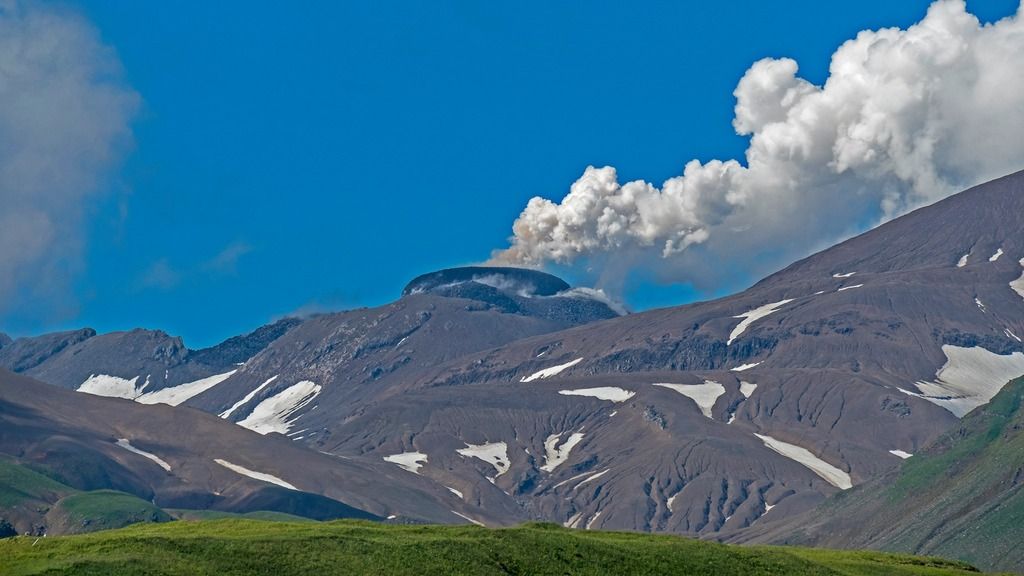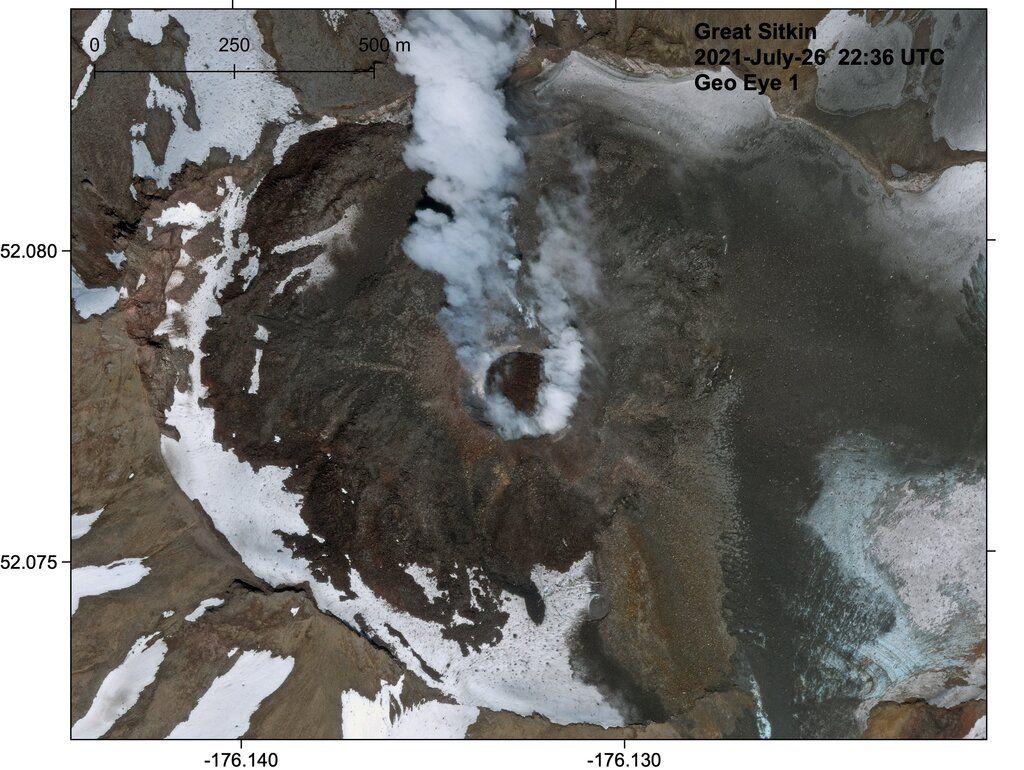Special Report-How a little-known G7 task force unwittingly helps governments target critics
By Angus Berwick

© Reuters/Eduardo Munoz FILE PHOTO: Ugandan President Kaguta Museveni waits to address the United Nations General Assembly in the Manhattan borough of New York
(Reuters) - In late 2020, when Ugandan President Yoweri Museveni faced a fresh challenge to his 35-year rule, a new tool helped to silence his critics: anti-money laundering legislation promoted by the G7.
The Financial Action Task Force, established by the G7 group of advanced economies to protect the global financial system, had written to Uganda's government eight years earlier telling it to do more to combat money laundering and terrorism financing or risk being placed on a "grey list" of deficient countries, according to a top Ugandan official who described the private letter to Reuters. Such a move could damage Uganda's ties to foreign banks and investors, which closely follow the FATF's updates.
Within a year, Uganda's parliament passed a new law to criminalize both offences and established an intelligence unit to enforce it.
But Uganda didn't deploy the law as the FATF intended.
Last December, as Museveni prepared for a January election, authorities used the law to temporarily freeze the bank accounts of three rights groups and arrest a prominent lawyer, 40-year-old Nicholas Opiyo, on money laundering charges related to the funding of an NGO he founded. Opiyo, who was later released on bail, called the charges "spurious." The government has denied using the law to target its critics. In January, amid accusations of voter fraud by Museveni's main rival, the electoral commission declared Museveni had won re-election.
Uganda isn't unique.
Reuters found that in at least four other countries – Serbia, India, Tanzania, and Nigeria – legislation passed to meet FATF standards was used by authorities to investigate journalists, NGO workers, and lawyers. Based on interviews with people targeted, government officials and financial crime experts, the reporting by Reuters provides the first account of the unintended consequences arising from the task force's mandate.
Through constant assessments of countries' measures, the FATF plays a little-known but key role in shaping financial crime legislation and in dictating governments' security priorities. Across the globe, it has strengthened laws to crack down on money laundering and terrorist financing. But by pressuring nations with weak democratic frameworks to adopt and bolster such laws, the FATF has unwittingly handed a new legal instrument to authoritarian governments, according to a dozen researchers at think tanks and human rights groups.
"Its standards are increasingly not just being misunderstood, but are being purposefully abused," said Tom Keatinge, director of the Centre for Financial Crime at the Royal United Services Institute in London.
In particular, a focus at the FATF from the early 2000s on tackling terrorist financing through non-profit organizations has allowed some governments to pursue legitimate civic groups under the cover of enforcing international standards, according to researchers. "Non-profit organizations can get caught in those crosshairs," said Tracey Durner, a director at the Global Center on Cooperative Security in New York.
The FATF, in emailed responses to Reuters' questions, said it was aware of reports its recommendations have been misused and was monitoring governments' oversight of nonprofits. It said this year it established a working group on the "unintended consequences of poorly implemented" measures and was identifying possible options to mitigate them.
"Any misapplication of the FATF Standards in a way that suppresses the legitimate activities of non-profit organisations or curtails the human rights of individuals is clearly a matter of grave concern and cannot be condoned in any way as part of the fight against money laundering and terrorist financing," it said.
Asked about the warning letter sent in 2012 to Uganda's then finance minister, Maria Kiwanuka, the FATF said it "does not comment on private correspondence with governments." Kiwanuka, who was replaced in 2015, told Reuters she received letters from many different parties and referred comment to the finance ministry, which did not respond to emails.
Uganda's top anti-money laundering official, Sydney Asubo, who reviewed the letter at the time, said Opiyo's arrest was a police matter and declined to comment on the merits of the case.
Asubo defended the government. "We are doing what is required by the FATF," he said.
Terrorist financing experts consulted by Reuters said the FATF has limited the funding of groups like al Qaeda by making banks more risk averse and giving authorities more powers to investigate an entity's finances. However, they faulted the task force's blanket approach to improving standards because it fails to take into account the political motivations of governments and the risk of misuse of the rules. Since last year, Turkey and Myanmar - countries where authorities have jailed journalists and democracy advocates - have introduced new legislation and procedures to meet FATF standards which enable authorities to seek more financial information from NGOs.
"THE DAMAGE IS DONE"
From its headquarters in Paris, the FATF has long nudged countries into compliance with Western security standards. Since the G7 established the task force in 1989, over 180 nations have committed to implementing its recommendations.
Countries deemed non-compliant with FATF standards are "grey-listed," or blacklisted, a tag currently held just by North Korea and Iran. In the case of Uganda, even after passing the 2013 law, it spent three years on the grey list. A stint on the list keeps a country under close monitoring, potentially unnerving its foreign investors and complicating its overseas banking relationships.
Civil groups for years have complained the FATF unfairly stigmatizes them as conduits for illegal funds. In the wake of the 9/11 attacks on the United States, the FATF issued a recommendation warning that non-profit groups were "particularly vulnerable" to terrorist financing, citing the possibility that terrorist organizations could exploit the sector to raise and move funds. This recommendation required states to review their laws to ensure such groups "cannot be misused."
The recommendation complicated funding for various NGOs around the world as banks, nervous of falling foul of regulators, closed their accounts or blocked transfers. "It was arguably 'open season' on nonprofits," said Keatinge, of the Royal United Services Institute.
NGOs' vulnerability to terrorist financing has been challenged in studies by Keatinge and other researchers, including in a 2019 report by the United Nations' Special Rapporteur on Human Rights and Counter-Terrorism. The report warned the FATF "lent a veneer of legitimacy" to states that used its provisions to regulate civil society.
In 2016, the FATF revised its recommendation to remove the phrase "particularly vulnerable." And advocates like Vanja Skoric, program director at the European Center for Not-for-Profit Law, say they welcome the FATF's new working group to examine abuses of its standards.
But, said Skoric, "the damage is done."
The FATF placed Serbia on the grey list in early 2018, saying its government needed to strengthen its laws so authorities could better trace individuals' financial information. After Serbia did so, the FATF de-listed it.
In July 2020, Serbia's financial intelligence unit sent a letter to local banks requesting private client data on some 50 NGOs and media outlets known for criticizing what they consider to be President Aleksandar Vučić's increasingly autocratic rule. The letter, reviewed by Reuters, sought data on their foreign currency inflows, under order of the amended law.
After news of the letter leaked, Finance Minister Siniša Mali told a local television channel the intelligence unit was "doing its job" and the data requests shouldn't be a problem for the targets "if nothing is hidden." No individuals have been charged so far.
Maja Stojanovic, director of Serbian nonprofit Civic Initiatives, which was named in the letter, told Reuters she believes the government is using the data for smear campaigns to undermine NGOs' work. She cited the example of a senior lawmaker from Vučić's party who in a speech this March attacked NGOs as foreign-funded coup-mongers and referenced transfer details which groups had not disclosed publicly.
When Stojanovic and other targeted NGOs consulted the banks about the requests, the banks said they couldn't disclose what information they shared with authorities, according to emails reviewed by Reuters. Spokespeople for three of the banks, Banca Intesa Beograd, OTP banka Srbija, and Erste Group Bank, declined to comment, citing banking secrecy laws. Serbia's Office of Media Relations did not respond to emailed questions.
Last year, it was India's turn to prepare for another FATF evaluation. The then junior home affairs minister tweeted the government would "disrupt the terror-financing networks" to meet FATF standards.
In October, the national counter-terrorism agency raided the offices of 10 NGOs in New Delhi and India-controlled Kashmir, where security forces are battling a decades-long insurgency. It said in a statement the organizations were using foreign funds for "secessionist and terrorist activities" in Kashmir. No arrests were made.
Several of the NGOs, including Delhi-based relief organization Charity Alliance, denied the agency's claims. They said they were either providing humanitarian aid or researching alleged rights abuses committed by security forces deployed in Kashmir – work which was supported by several UN special rapporteurs. One of the Kashmir-based NGOs told Reuters that during the raid officers seized documents and hard drives with sensitive information on victims of torture. They halted the research, fearing further reprisals.
Charity Alliance's chairman, Zafarul-Islam Khan, told Reuters it was a "blatant lie" that his charity funded terrorism in Kashmir. The counter-terrorism agency has not provided evidence of any alleged crime, he said, accusing Prime Minister Narendra Modi's government of trying "to throttle Muslim, Christian, leftist and human rights NGOs."
India's Ministry of Home Affairs declined to comment.
"SIGNIFICANT PROGRESS"
At the time of the FATF's 2012 warning to Uganda, financial crime there went effectively unchecked.
Its cash-based economy, porous borders, and weak laws meant the government had little ability or willingness to trace funding for armed rebel groups or investigate the huge sums of public money that officials embezzled, according to researchers and a report by the International Monetary Fund. "It definitely wasn't a priority," said Liat Shetret, a U.S. anti-money laundering expert who studies East Africa.
The FATF spurred the government into action. Asubo, a former top prosecutor who studied law at the University of Liverpool, was appointed to lead the new financial intelligence unit.
Nicholas Opiyo, the lawyer later arrested, was nervous about how authorities could use the unit, having represented individuals detained during a government crackdown on opposition members two years earlier. His human rights organization, Chapter Four, organized a conference to voice concerns, but few people attended.
Asubo set up his new unit within the finance ministry. He hired investigators from other state agencies and acquired software so they could collect data from banks and review transfers. He also brought on several foreign advisors to help conduct a national risk assessment, a key step required by the FATF. This assessment determined that nonprofits had a "medium/high" vulnerability to terrorist financing, the same as casinos and precious metal dealers, the report showed.
In 2017, the FATF removed Uganda from the grey list, highlighting its "significant progress."
But the law criminalizing money laundering and terrorist financing had been barely used. Only a handful of low-level cases had led to prosecutions, according to a review of Ugandan criminal cases and a dozen people familiar with authorities' efforts. A Ugandan prosecutor, speaking anonymously, said there still was no "political will" to target anyone with government connections.
Then came the 2020 run-up to the election.
Police briefly arrested opposition leader Bobi Wine in November, sparking protests which the military dispersed with live rounds. Opiyo and Chapter Four drew attention to alleged extrajudicial killings carried out by police. The government has said police used proportionate force to restore order during "violent riots" led by "criminal elements."
The financial intelligence unit ordered banks to freeze accounts belonging to several organizations monitoring the election campaign, according to several people familiar with the requests.
Asubo told Reuters this was for a routine check and the accounts were later unfrozen. His unit also provided police with information on Opiyo as part of an investigation into his finances, he said.
On December 22 of last year, Opiyo was having lunch with several colleagues when officers stormed the restaurant and took him away in a van. Two days later, a court charged him with money laundering for receiving, in the name of Chapter Four, $340,000 in undefined "proceeds of crime."
Opiyo told Reuters this was an annual grant from a long-standing donor, American Jewish World Service, a New York-based charity which funds human rights programs around the world. An AJWS spokesperson confirmed this and said the grants were in accordance with U.S. and Ugandan laws.
Opiyo said he believed his arrest was intended to disrupt his research on the election crackdown. "It sent a strong and chilling message to civil organisations: Nobody was safe."
For a week, Opiyo remained in a maximum security prison. He passed the time handing out legal advice to other inmates. After the United Nations called for his release, a court granted him bail and he is now awaiting trial whilst the investigation continues. In January, Museveni won a sixth term, which Wine denounced as a fraud.
(Reporting by Angus Berwick; Additional reporting by Krishna N. Das in New Delhi; Editing by Janet McBride and Tom Lasseter)











